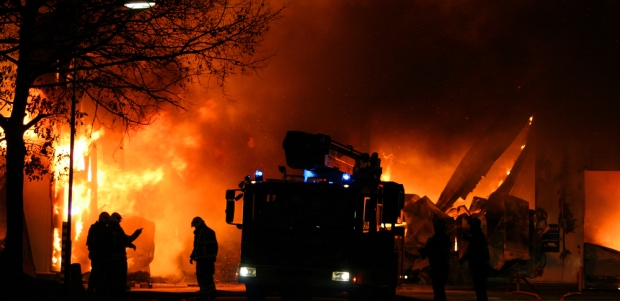
NFPA White Paper Aids in Establishing Community Risk Reduction Programs
The association's Urban Fire and Life Safety Task Force released the white paper last week.
The National Fire Protection Association's Urban Fire and Life Safety Task Force has produced a new white paper to help fire service leaders gain management support for launching a Community Risk Reduction program in their departments. The "Community Risk Reduction: Doing More with More" white paper is the most recent project completed by members of the task force, who represent large urban fire departments and whose work involves community risk reduction -- their roles include chief officer, fire marshal, fire and life safety educator, community relations officer, and data expert.
The report was written by Fire Commissioner Derrick Sawyer, Philadelphia Fire Department; Battalion Chief Derrick Phillips, St. Louis Fire Department; Education Specialist Dana Catts, Seattle Fire Department; and Liaison Officer David Sawyer, Columbus, Ohio Division of Fire.
NFPA 1035, Standard on Fire and Life Safety Educator, Public Information Officer, Youth Firesetter Intervention Specialist and Youth Firesetter Program Manager Professional Qualifications, defines Community Risk Reduction as "programs, actions, and services used by a community, which prevent or mitigate the loss of life, property, and resources associated with life safety, fire, and other disasters within a community." The white paper provides a historical overview, case studies of successful programs, an outline of the benefits of a Community Risk Reduction program, and recommendations.
NFPA codes and standards related to Community Risk Reduction include NFPA 1452, Guide for Training Fire Service Personnel to Conduct Community Risk Reduction; NFPA 1730, Standard on Organization and Deployment of Fire Prevention Inspection and Code Enforcement, Plan Review, Investigation, and Public Education Operations; and NFPA 1300, Standard on Community Risk Assessment and Community Risk Reduction Plan Development, which is in development and is scheduled to be presented at the August 2016 Standards Council Meeting, according to NFPA.
NFPA codes and standards can be viewed online free at www.nfpa.org/freeaccess.